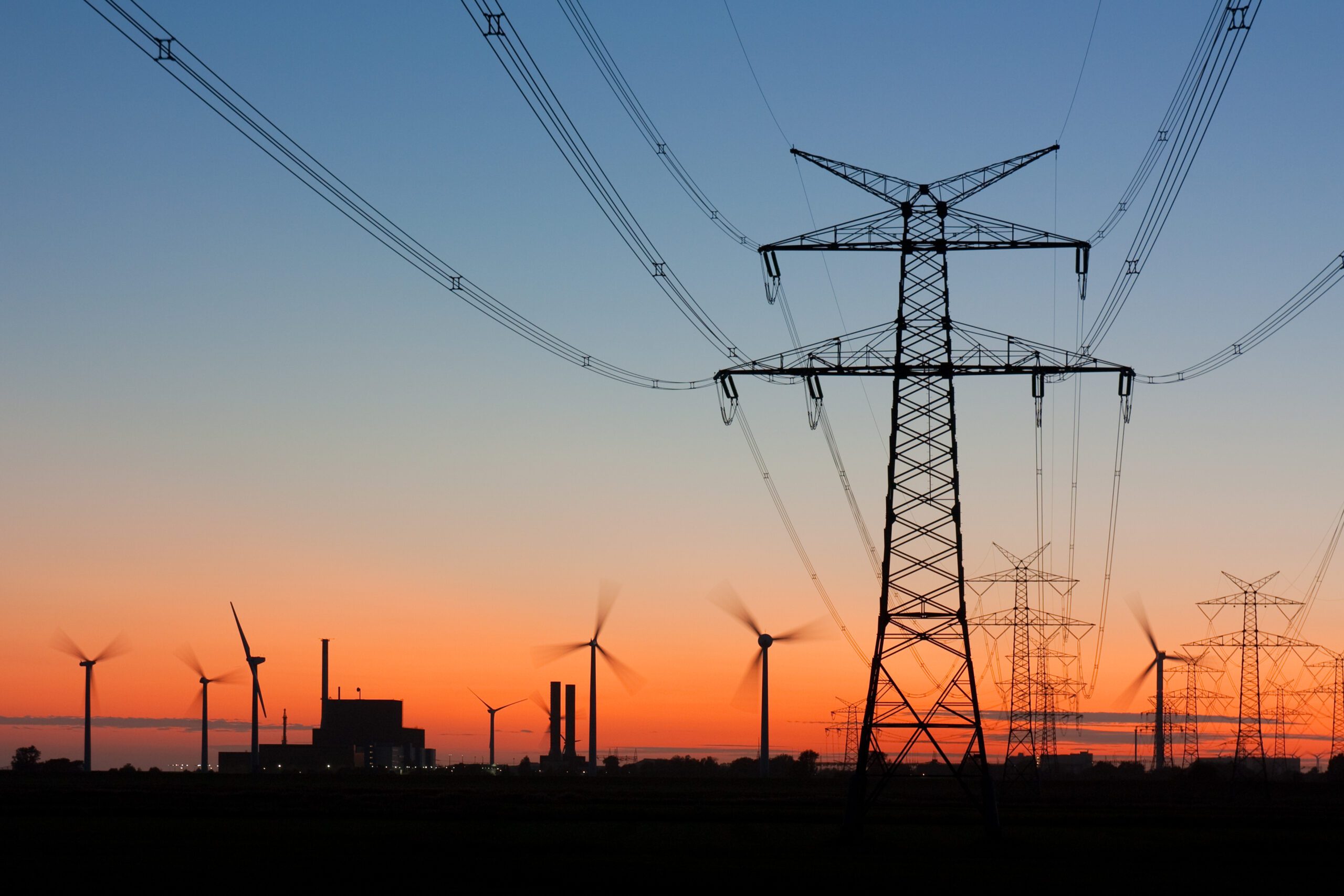
Impact of Brexit on wholesale UK energy markets
Amid COVID-induced volatility, Brexit negotiations have been continuing between the UK and EU. As noted in earlier analysis, the nature of post-Brexit and post-transition relations provides direction to wholesale energy markets. With negotiations ongoing, the nature of the UK’s relationship with the EU after 2020 remains uncertain. At present only two plausible outcomes remain: deal […]
Amid COVID-induced volatility, Brexit negotiations have been continuing between the UK and EU. As noted in earlier analysis, the nature of post-Brexit and post-transition relations provides direction to wholesale energy markets.
With negotiations ongoing, the nature of the UK’s relationship with the EU after 2020 remains uncertain. At present only two plausible outcomes remain: deal or no-deal. Current signals point to a heightened likelihood of a no-deal outcome, with PM Johnson last month citing the need for a “fundamental change of approach” from the EU to reach an agreement.
In light of continued Brexit uncertainty, below we outline the anticipated impact of post-transition relations on wholesale energy markets. Covering both deal and no-deal scenarios, we discuss (a) supply security implications, (b) UK commitments to the EU Emissions Trading Scheme, and (c) probable impact on energy imports costs.
Security of Supply
The UK currently trades energy with EU counterparts via interconnectors, within the Internal Energy Market (IEM). For electricity, 4 GW of capacity provides the ability for the UK to import or export power depending on market dynamics. For natural gas, interconnectors with Belgium (IUK) and the Netherlands (BBL) provides capacity to improve supply security for a commodity used for heating, industrial, and power purposes.
The implication of a (no-)deal on supply security centres on the regulation of cross-border trading outside of the IEM. For power trading between the UK and Continental Europe, Ofgem notes that contingencies exist to ensure that trading arrangements continue unabated[1]. Ofgem notes that similar fallbacks have not yet been agreed for Irish cross-border trading, though the SEM Committee expects that this outcome would marginally reduce trading efficiency[2]. For trading of natural gas through the IUK and BBL interconnectors, operators have not identified any necessary changes to access rules in the event of a no-deal.
In the event of a UK-EU deal being reached that included membership to the European Economic Area (EEA), current IEM regulation governing cross-border trading would remain.
Ofgem has clarified that all REMIT obligations for UK gas and power installations will continue regardless of transition nature. In the event of a no-deal outcome, EU installations will continue to be recognised by Ofgem for REMIT purposes, if they are currently registered. Continuation of UK and EU REMIT compliance in its current form ensures that wholesale market monitoring and reporting maximises market efficiency.
As noted above, measures currently implemented ensure that regulation of cross-border energy trading will continue unabated into 2021. It remains to be seen whether any EU-UK energy trading would be liable to tariffs, though current trading between EU and non-EU members that are part of the World Trade Organisation indicates that the risk of this outcome is slim.
Emissions Markets
The UK currently participates in the EU Emissions Trading Scheme (ETS). This emissions market holds relevant installations accountable to the amount of greenhouse gases they emit. Installations must surrender carbon permits bought in the EU ETS, with permit valuation varying through a cap-and-trade market structure. EU emissions remain a tightly correlated commodity to UK energy pricing, given that power installations (including gas-fired assets) are subject to permit surrender.
Toward 2021+, the Department for Business, Energy and Industrial Strategy (BEIS) has released results of a consultation[3], outlining the UK’s liability to the EU ETS past the Brexit transition period.
In the document, BEIS states that the UK will set up its own ETS to regulate emissions from 2021. BEIS suggests there is a willingness to couple the UK and EU scheme, contingent on favourable terms. In the event of UK-EU ETS coupling, valuation between markets is expected to converge. With BEIS committing to more stringent permit caps than the EU scheme, and with the EU looking to tighten 2030 emissions goals[4], price outlook for this wider complex commodity remains firmly in favour of bullish moves into 2021 and beyond.
Should a no-deal scenario come to pass, the UK ETS would be fully decoupled from the EU. To guarantee a baseline compliance cost, the UK scheme would implement a £15/CO2e price floor. In a solitary UK ETS, the relative lack of permit liquidity signals potential UK energy complex volatility. Near-term price outlook in this no-deal scenario remains uncertain on this basis. Longer term, the UK’s 2050 net-zero target implies that permit supply-demand fundamentals will press prices higher, with permit circulation likely limited to incentive a more rapid green transition.
Currency Strength
Brexit has continued to play a significant role in determining the relative value of the Sterling since the 2016 referendum. With the UK’s economic standing yet to be put into perspective, and with the COVID-19 pandemic weighing on global economies, volatility in FOREX markets has continued into this decade.
Relative currency strength remains relevant to valuation of UK wholesale energy pricing, given the net flow of energy to the UK. Accounting for power interconnectors, around 10% of peak demand capacity is exposed to currency risk when trading is denominated by the Euro. For natural gas currency sensitivity is starker, with the UK continuing to be a net importer[5] via pipelines from the Norwegian Continental Shelf, shipments of Liquified Natural Gas (denominated in USD), and the aforementioned interconnectors with Continental Europe.
In the event of a no-deal Brexit, weaker coupling to the regional economy provides risk to Sterling valuation. The opposite holds should the UK’s membership to the EEA continue in any UK-EU agreement. Whether this is a long-term risk remains to be seen, though in the near term a no-deal outcome would increase the real-term costs for importing energy to the UK.
Inspired Energy’s Market Research and Intelligence Centre brings together a wealth of information, data and news to support the development and implementation of successful long-term energy management strategies. From understanding the latest wholesale market changes to any new carbon reporting regulation, we have all the answers to the questions you need. If you would like to receive either our daily or weekly insights via email or subscribe to our monthly insight webinar, please click here.
[1] https://www.ofgem.gov.uk/about-us/ofgem-and-europe/preparing-brexit
[2] https://www.semcommittee.com/sites/semc/files/media-files/SEM%20Committee%20Statement%20-%20Notice%20to%20Industry%20on%20a%20%27no-deal%27%20Brexit.pdf
[3]https://assets.publishing.service.gov.uk/government/uploads/system/uploads/attachment_data/file/889037/Government_Response_to_Consultation_on_Future_of_UK_Carbon_Pricing.pdf
[4] https://ec.europa.eu/clima/policies/eu-climate-action/2030_ctp_en#:~:text=With%20the%202030%20Climate%20Target,target%20of%20at%20least%2040%25.
[5] https://assets.publishing.service.gov.uk/government/uploads/system/uploads/attachment_data/file/920602/Gas_September_2020.pdf










